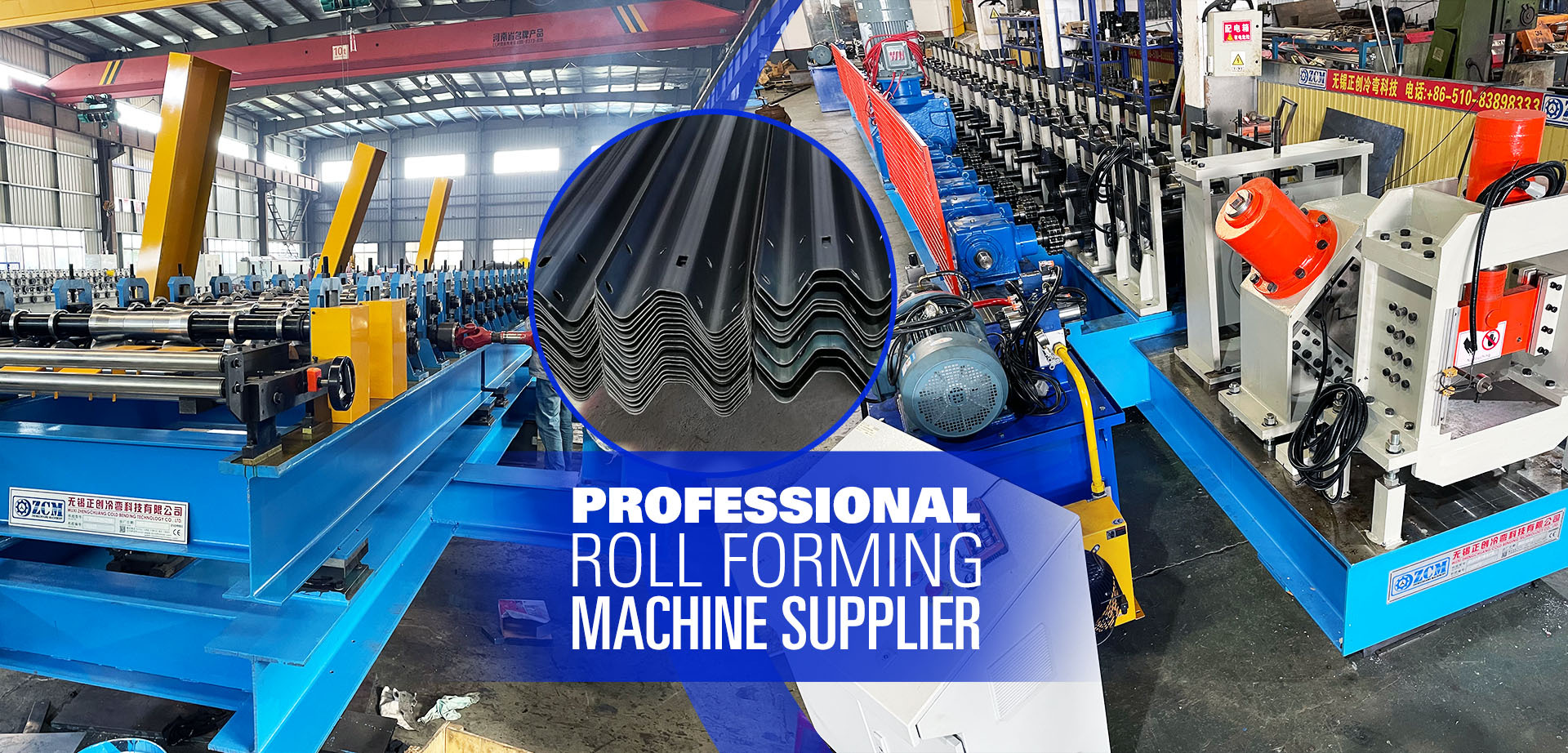Navigation Menu
Contact Us
- Email:
- info@wxavatar.com
- Address:
- Yurong Village, Yuqi Street, Huishan District, Wuxi, China.
Release Date:Jul 15, 2025 Visit:26 Source:Roll Forming Machine Factory
Automation has become a key factor in improving manufacturing efficiency, and solar stand roll forming machines are no exception. By integrating automated systems, these machines can achieve higher productivity, better precision, and reduced operational costs. This article explores the ways automation enhances the performance of solar stand roll forming machines while maintaining reliability and quality.

1. Increased Production Speed
Automated roll forming machines can operate continuously with minimal manual intervention. Advanced servo systems and programmable logic controllers (PLCs) ensure consistent speed adjustments, allowing for faster material feeding, forming, and cutting. This results in higher output rates while maintaining dimensional accuracy.
2. Improved Precision and Consistency
Manual operations can lead to variations in product dimensions, but automation ensures repeatable precision. Computer-controlled systems adjust roll forming parameters in real time, reducing errors in hole punching, notching, and bending. This level of consistency is crucial for solar stand installations, where uniformity ensures proper structural support.
3. Reduced Material Waste
Automated sensors and cutting systems optimize material usage by minimizing errors. Precise length measurement and automatic trimming reduce scrap rates, lowering production costs. Additionally, automated coil feeding systems ensure smooth material flow, preventing jams and misalignments that could lead to waste.
4. Lower Labor Costs and Enhanced Safety
Automation reduces the need for manual handling, decreasing labor expenses and workplace injuries. Robotic arms and conveyor systems can manage heavy or repetitive tasks, allowing operators to focus on monitoring and quality control instead of physically demanding work.
5. Real-Time Monitoring and Data Analysis
Modern automated roll forming machines often include IoT-enabled sensors that track performance metrics such as speed, temperature, and wear. This data helps in predictive maintenance, preventing unexpected downtime. Operators can adjust settings remotely, further optimizing production efficiency.
6. Flexibility in Customization
Automated systems allow quick changeovers between different solar stand profiles. By storing preset configurations, the machine can switch between product designs with minimal downtime, making it easier to meet varying customer requirements.
Conclusion
Automation significantly enhances the performance of solar stand roll forming machines by increasing speed, precision, and efficiency while reducing waste and operational costs. As technology advances, further integration of AI and machine learning could lead to even smarter manufacturing processes, ensuring these machines remain competitive in the evolving solar industry.

By adopting automated solutions, manufacturers can improve their production capabilities while maintaining high-quality standards. This makes automated roll forming machines a valuable asset for businesses looking to optimize their solar support structure manufacturing processes.